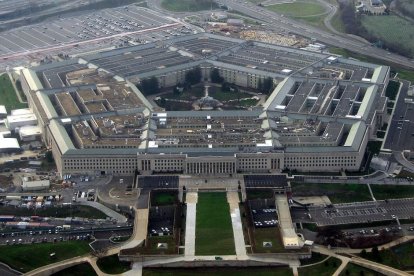Military questions the poor condition of the barracks and blames the Department of Defense
The complaints came from the US Government Accountability Office, an institution that made 31 recommendations to the federal government.

(Wikimedia Commons / David B. Gleason)
The U.S. Government Accountability Office (GAO) is an independent, nonpartisan agency that evaluates how the government spends taxpayer money. Their main task is, in their own words, to encourage better government functioning and save " billions of dollars for taxpayers ." On this occasion, it put the spotlight on the Department of Defense for the poor conditions of some military barracks.
Although they indicated that the problem is not new, service members informed them that the current conditions in the barracks affect their quality of life and preparation to serve the country.
"Insufficient oversight" of the Department of Defense
"GAO observed barracks that pose potentially serious health and safety risks - such as broken windows and inoperative fire systems - that do not meet the Department of Defense's minimum standards for privacy and configuration. According to officials, thousands of soldiers live in barracks that do not comply with the rules," they expressed.
They then took direct aim at the Department of Defense for carrying out "insufficient" oversight of military facilities. According to this agency, the DOF budgeted $15 billion for general maintenance of the facilities for fiscal year 2024, but could not identify how much of this total would actually be spent on the barracks.
In addition, they pointed out that the Department of Defense "does not track information on the status of the barracks or facilitate collaboration on initiatives to improve them." Therefore, this "insufficient oversight hampers the Department of Defense's ability to identify and address long-standing problems in barracks conditions across the department."
To conduct this study, GAO analyzed DOD policies, budgets, and other documentation. He also interviewed Department officials, toured ten barracks and met with facility officials and barracks residents.
With the findings in hand, 31 recommendations were written for the Department of Defense, which ranged from reevaluating military construction requirements, reviewing financing methods and collecting information from across the department.












